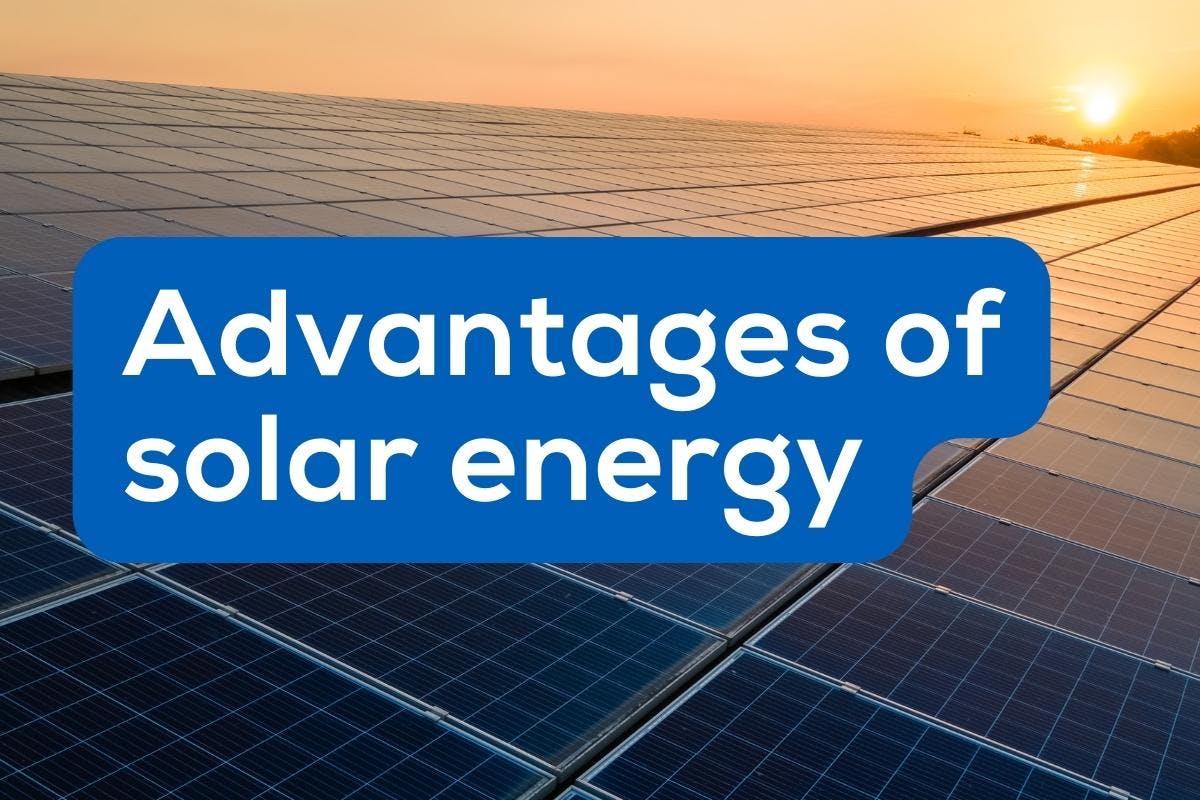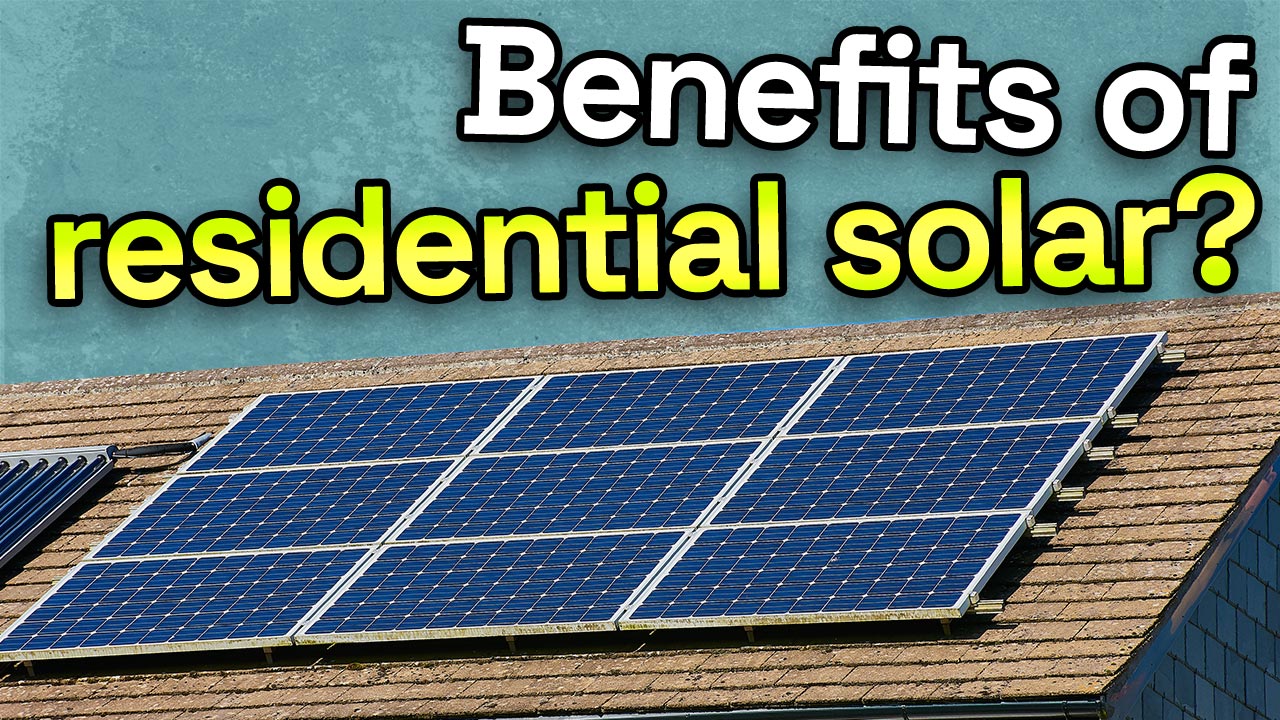Solar Energy 101: A Beginner's Overview to Sustainable Energy Solutions
As the world increasingly changes towards sustainable power services, understanding the principles of solar energy becomes essential for both people and companies. This overview offers a detailed introduction of solar power, describing the different systems readily available and the systems behind their operation. By checking out the advantages of solar modern technology, alongside the economic rewards and installment processes, one can obtain a clearer viewpoint on exactly how to effectively integrate this renewable source into their energy approach. The trip toward embracing solar energy welcomes further assessment of the challenges and factors to consider that come with it.
Comprehending Solar Power
At its core, understanding solar energy entails realizing the basic concepts of exactly how sunshine can be transformed into usable electricity. Solar power is acquired from the sun's radiation, which can be utilized via different modern technologies.

Comprehending solar power additionally includes recognizing its ecological benefits. By making use of sunshine, we can alleviate greenhouse gas exhausts and lower air contamination, adding to an extra sustainable future. The innovations in technology and efficiency of planetary systems proceed to improve their practicality, making solar power a significantly eye-catching option for worldwide energy requirements.
Kinds Of Solar Energy Equipments
Various sorts of solar energy systems are generally used to harness solar power for electrical power generation. The key groups include photovoltaic or pv (PV) systems, concentrating solar energy (CSP) systems, and solar thermal systems.
Photovoltaic systems make use of photovoltaic panels composed of silicon cells that convert sunlight straight right into electricity. These systems are versatile and can be set up on rooftops, ground mounts, or integrated into building materials.
Concentrating Solar energy systems, on the other hand, use mirrors or lenses to concentrate sunlight onto a small area, generating heat that drives a heavy steam generator to generate electricity - Simply Solar Illinois. CSP systems are generally deployed in large power plants and require direct sunlight, making them much less suitable for gloomy regions

Each kind of solar power system has its distinct characteristics, applications, and viability depending on geographical place, power requirements, and budget, making it necessary to evaluate alternatives based upon certain scenarios. - Simply Solar Illinois

Advantages of Solar Power
Utilizing solar power through various systems not just supplies a lasting way to create electricity however likewise supplies a multitude of advantages. One of one of the most significant benefits is the decrease in greenhouse gas exhausts, contributing to a cleaner setting and combating environment change. Solar power is eco-friendly, suggesting it is limitless and readily available as long as the sunlight beams, unlike fossil gas, which are limited and diminishing.
In addition, solar power can cause substantial cost financial savings gradually. House owners and businesses can minimize their electricity expenses dramatically, and in a lot of cases, they may earn debts for excess energy produced with net metering. Additionally, the solar industry produces jobs, from making to installation, stimulating neighborhood browse around these guys economic situations.
One more engaging advantage is power self-reliance. By generating their own electricity, individuals and communities can decrease reliance on exterior energy sources, improving durability against rising and fall energy prices and supply interruptions. Furthermore, solar power systems call for minimal upkeep, making them a practical alternative for sustainable energy generation.
Installment Refine Review
The setup procedure for solar power systems usually includes several crucial steps that make sure reliable assimilation right into a property. A thorough website assessment is conducted to assess the roof covering's positioning, shielding, and structural stability, which are essential to enhancing solar panel efficiency. Following this analysis, the design phase begins, where a customized solar power system is set up based on the home owner's power demands and preferences.
When the design is completed, the necessary licenses and authorizations are obtained from regional authorities, making sure conformity with regulations. The real installation includes placing the solar panels on the roofing or ground, linking them to an inverter, and incorporating the system with the building's electrical arrangement. This phase might also include setting up battery storage space systems, relying on the layout.
With the setup total, the solar energy system can start generating sustainable energy, contributing to sustainability and decreasing utility prices. This organized approach ensures that solar systems are both reliable and dependable, optimizing their long-term benefits.
Financial Motivations and Savings
Discovering the economic rewards and financial savings connected see this page with solar power systems can dramatically boost the charm of making the switch to eco-friendly power. Various motivations exist at government, state, and regional levels, created to reduce the initial costs connected with solar installment. One of one of the most notable incentives is the government solar tax credit history, which allows homeowners to deduct a percent of their planetary system setup expenses from their government taxes. As of 2023, this credit score stands at 30%, giving considerable cost savings.
Along with tax obligation credit reports, lots of states provide refunds that can better decrease in advance costs. Some energy firms also give performance-based motivations, fulfilling solar power manufacturing over time. Financing choices, such as solar reference lendings and leases, enable customers to set up systems with little to no down settlement, making solar energy much more accessible.

Additionally, solar systems can raise building worths, offering a strong return on investment. On the whole, the mix of rewards and cost savings makes solar energy an economically appealing option for numerous households.
Conclusion
In final thought, solar power stands for a crucial element of sustainable power remedies, offering a path towards lowered carbon impacts and improved ecological defense. Ultimately, the transition to solar power not only fosters environmental obligation yet also promotes financial financial savings and power independence.